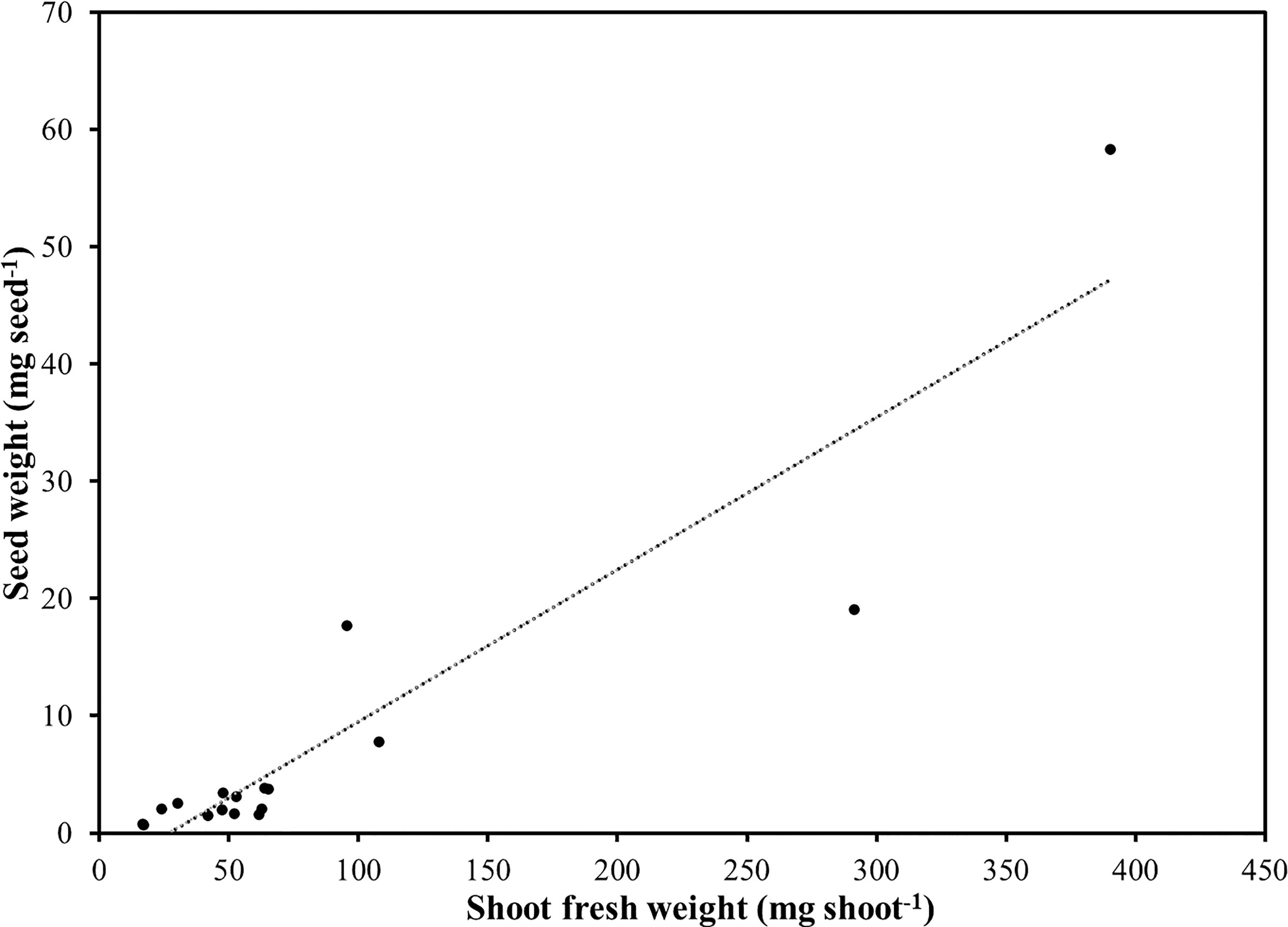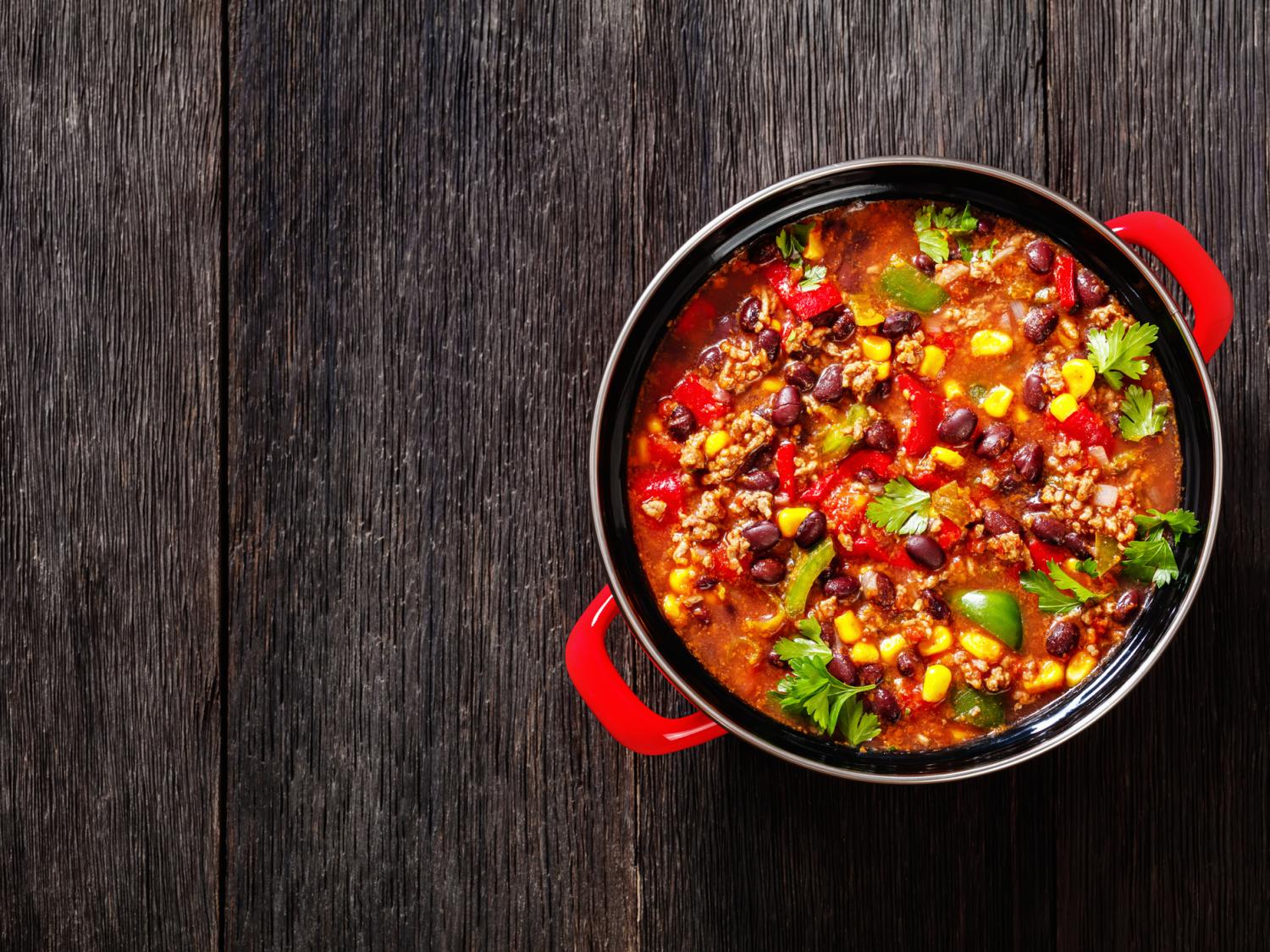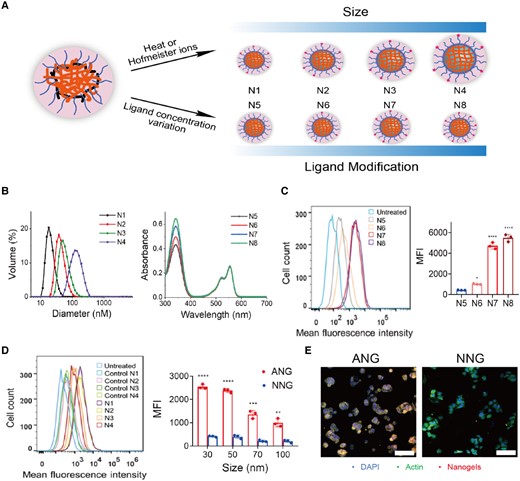2023-08-25 ペンシルベニア州立大学(PennState)
◆この研究は食品の栄養価値を評価するもので、マイクログリーンが特定のミネラルを高濃度で供給するため、健康上の懸念を抱える人々の食事に取り入れる手段として検討されている。研究者は、マイクログリーンの種類ごとに窒素、リン、カリウム、カルシウム、マグネシウム、硫黄、ナトリウム、鉄、亜鉛、マンガン、銅、ホウ素、硝酸塩の濃度を調査しました。
<関連情報>
- https://www.psu.edu/news/research/story/select-microgreens-custom-diet-may-help-deliver-desired-nutrients/
- https://www.frontiersin.org/articles/10.3389/fpls.2023.1220691/full
17種のマイクログリーンにおける収量性能、ミネラルプロファイル、硝酸塩含有量
Yield performance, mineral profile, and nitrate content in a selection of seventeen microgreen species
Francesco Di Gioia,Jason C. Hong,Cristina Pisani,Spyridon A. Petropoulos,Jihne Bai,Erin N. Rosskopf
Frontiers in Plant Science Published:20 July 2023
DOI:https://doi.org/10.3389/fpls.2023.1220691

Introduction: Originally regarded as garnish greens, microgreens are increasingly valued for their nutritional profile, including their mineral content.
Methods: A study was conducted under controlled environmental conditions utilizing a selection of seventeen microgreen species belonging to seven different botanical families to investigate the genetic variation of macro- and micro-minerals and nitrate (NO3–) content. Plants were grown in a soilless system using a natural fiber mat as the substrate. After germination, microgreens were fertigated with a modified half-strength Hoagland solution prepared using deionized water and without adding microelements. At harvest (10 to 19 days after sowing, based on the species), yield components were measured and dry tissue samples were analyzed for the concentration of total nitrogen (N), NO3–, P, K, Ca, Mg, S, Na, Fe, Zn, Mn, Cu, and B.
Results and discussion: Genotypic variations were observed for all of the examined parameters. Nitrogen and K were the principal macronutrients accounting for 38.4% and 33.8% of the total macro-minerals concentration, respectively, followed in order by Ca, P, S, and Mg. Except for sunflower (Helianthus annuus L.), all the tested species accumulated high (1,000-2,500 mg kg-1 FW) or very high (>2,500 mg kg-1 FW) NO3– levels. Eight of the studied species had a K concentration above 300 mg 100 g-1 FW and could be considered as a good dietary source of K. On the other hand, scallion (Allium fistulosum L.), red cabbage (Brassica oleracea L. var. capitata), amaranth (Amaranthus tricolor L.), and Genovese basil (Ocinum basilicum L.) microgreens were a good source of Ca. Among micro-minerals, the most abundant was Fe followed by Zn, Mn, B, and Cu. Sunflower, scallion, and shiso (Perilla frutescens (L.) Britton) were a good source of Cu. Moreover, sunflower was a good source of Zn, whereas none of the other species examined could be considered a good source of Fe and Zn, suggesting that supplementary fertilization may be required to biofortify microgreens with essential microminerals. In conclusion, the tested microgreens can be a good source of minerals showing a high potential to address different dietary needs; however, their yield potential and mineral profile are largely determined by the genotype.


